If you ever ask yourself what it is, you should read this publication. This document is an executive summary of your qualifications to perform a responsible role in the workplace. A resume is one or more pages long and contains your education, training, work, and life experience in relation to your potential value to an employer or opportunity.
A resume is:
- A professional handshake.
- An introduction to employers and evaluators. Be sure to check your grammar and spelling with many reviews.
- An advertisement of your employability and career potential. Make your resume attractive, easy to read, and market-savvy.
- A document of achievement. Never misrepresent your qualifications, and always show learning, pursuit, and contributions.
- A road map of your career growth and direction.
- An interview prompt for recruiters. Highlight the achievements you want to talk about in an interview, and be prepared to discuss the achievements you have highlighted.
- For example, if you report that you are a member of the Finance Association, what will you say if the interviewer asks you to describe the association’s benefits and activities?
Types of resumes
There are two basic approaches used in resume writing. Review the descriptions to decide which format is best for your resume.
Chronological
A chronological resume lists information in reverse chronological order and focuses on where and how skills were obtained. Each position or experience is listed and described separately, starting with your most recent education and experiences listed first. This is the most common resume format and is preferred by employers because it is easy to see what jobs you have held and how long you served each employer.
This type works well when the applicant has a solid work history, is applying to a very traditional field, and/or is staying in the same field as prior positions. This style may not be effective when the applicant has changed employers frequently or has little to no experience in their target field.
Functional
The functional resume highlights specific skills and abilities rather than listing each experience individually. Responsibilities and accomplishments are grouped in “skill clusters.” A functional resume could group skills into headings such as Sales, Leadership, Management, Accounting, Research, Customer Service, etc.
The functional format is most effective for those who are changing careers or have a sporadic or limited work history and want to showcase a set of skills they have gained over various experiences. In addition, this format is appropriate if you are re-entering the job market after a long absence.
Structure of a great resume
There are certain sections that should be included to make a good resume:
- Contact Information: This should include your full name, email address, phone number, and location.
- Summary or Objective: This is a brief statement that summarizes your qualifications and highlights your most relevant skills and experience.
- Education: This section should list your formal education, including the name of the degree, the institution, and the date of graduation.
- Work Experience: This section should list your past job experiences, including the job title, employer, and dates of employment. It should also include a brief description of your responsibilities and accomplishments in each role.
- Skills: This section should list the skills you have that are relevant to the job you are applying for.
- Certifications or Awards: If you have any relevant certifications or awards, they should be listed in this section.
- Volunteer Experience: This section should list any volunteer experience you have, including the organization, the role, and the dates of service.
- Additional sections such as Language or Hobbies can be added as per the job requirement, or if they are particularly relevant to the position.
It’s important to note that the format and the sections of the resume can vary depending on the job or industry you are applying for, so it’s always good to research the conventions in your field before drafting your resume.
Resume examples for job seekers
Photo by cottonbro studio from Pexels
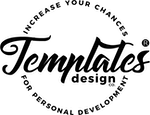
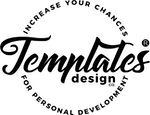

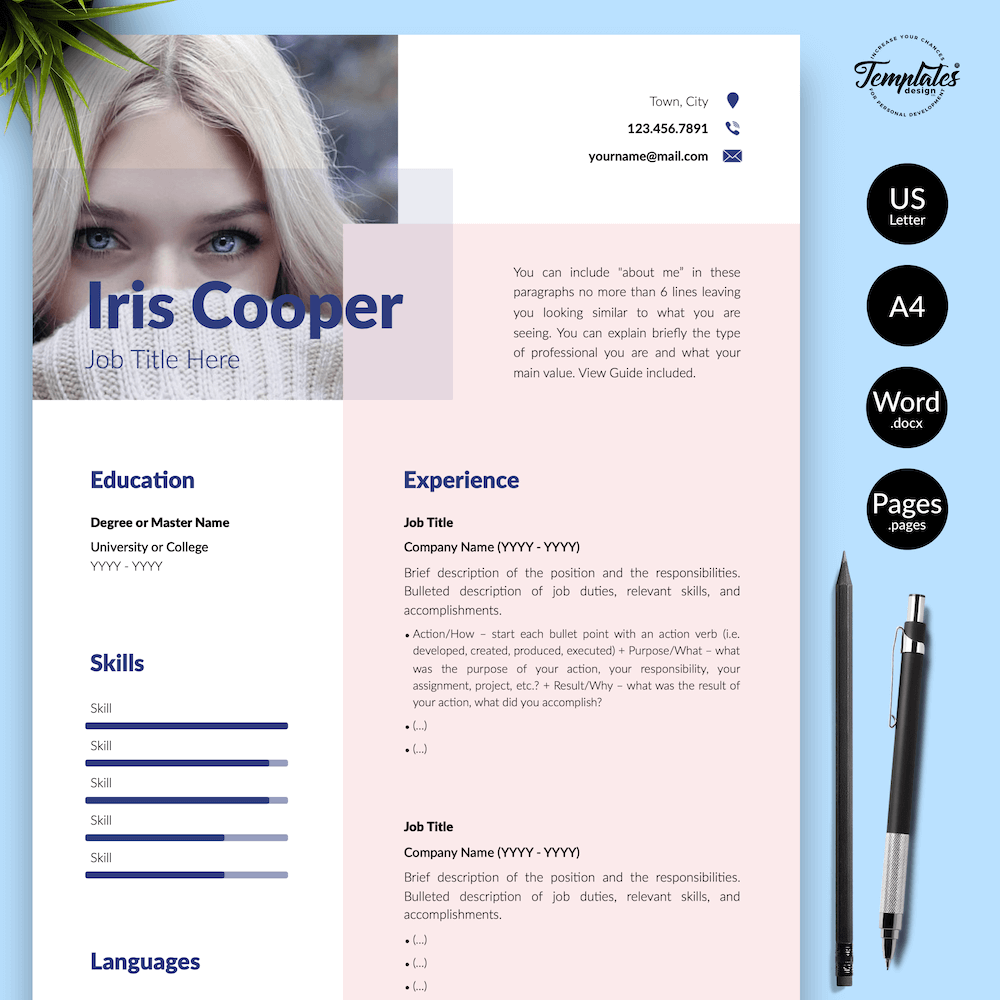
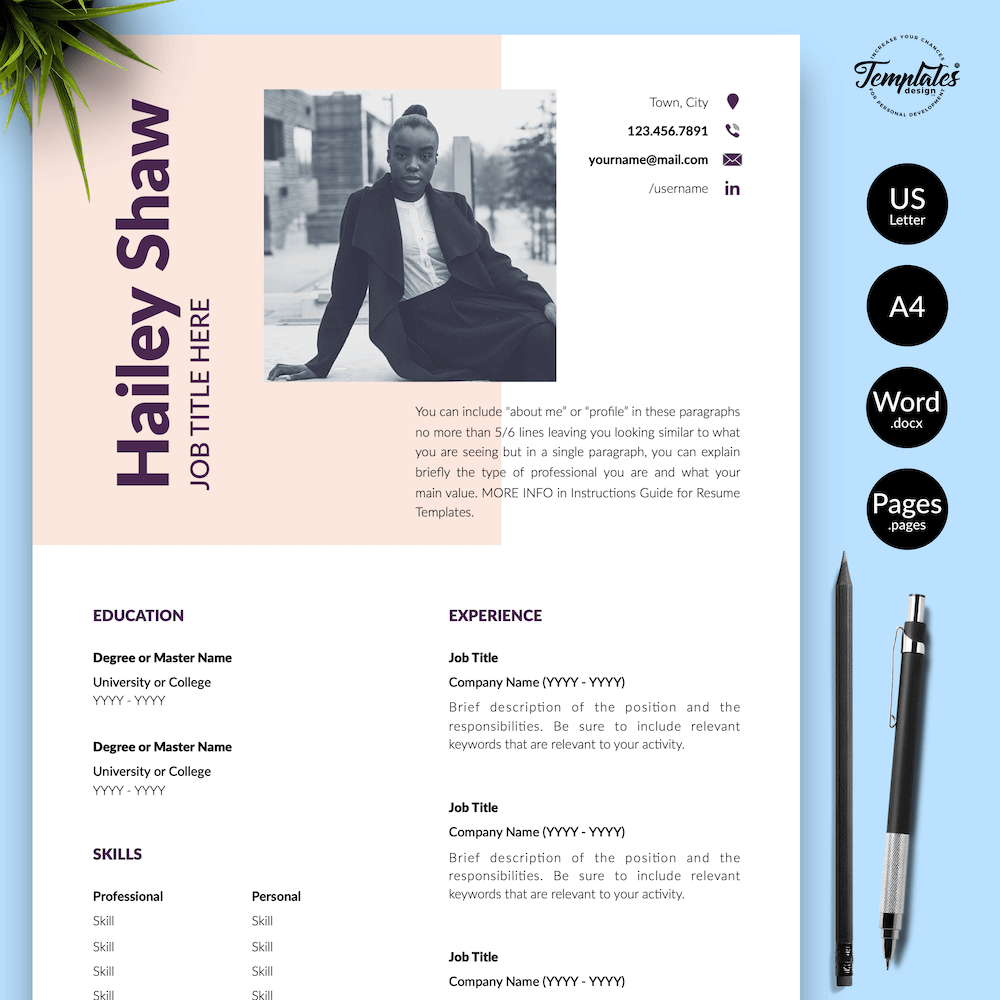
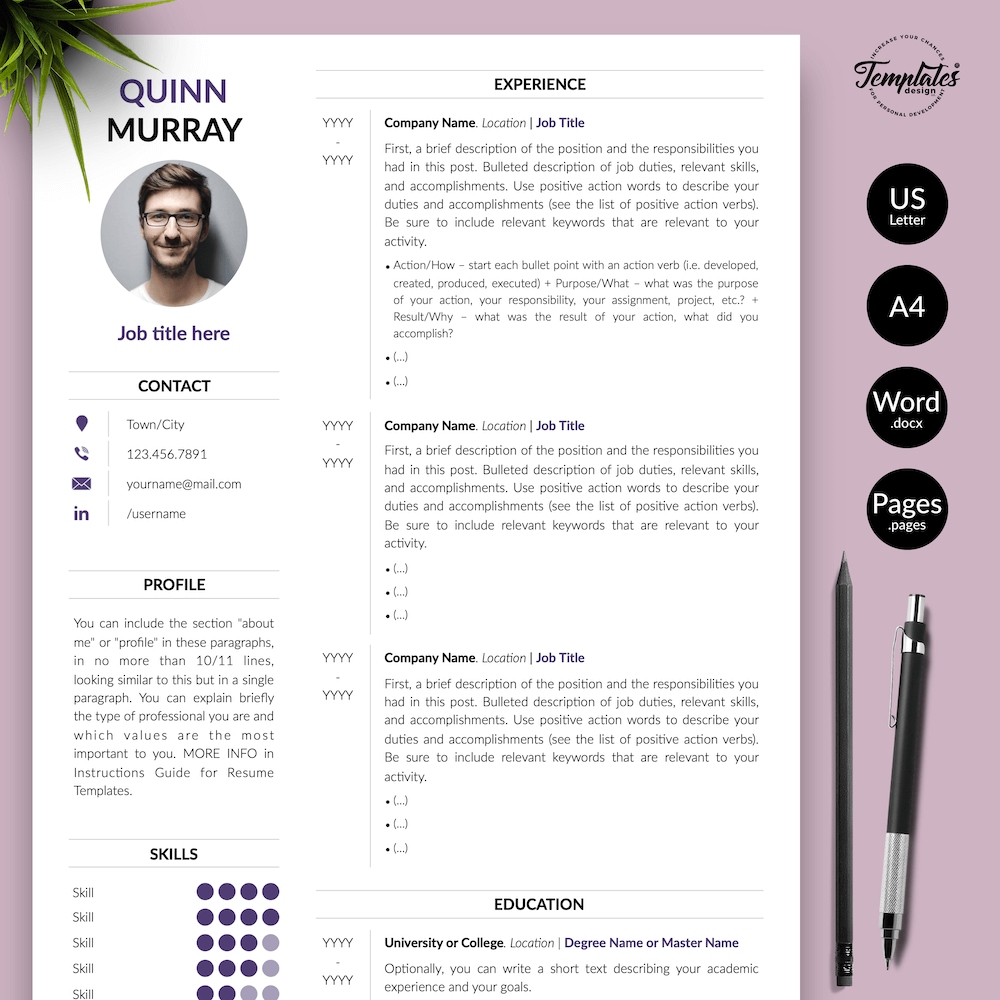
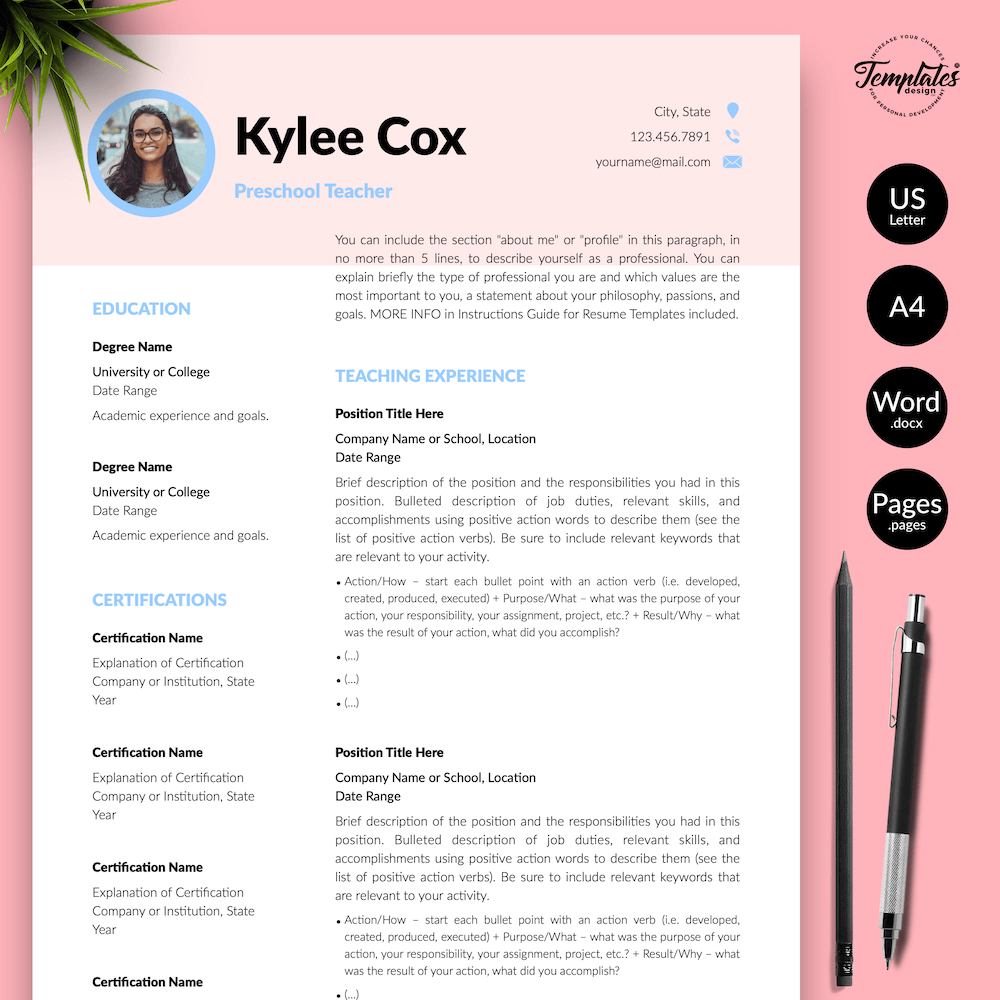
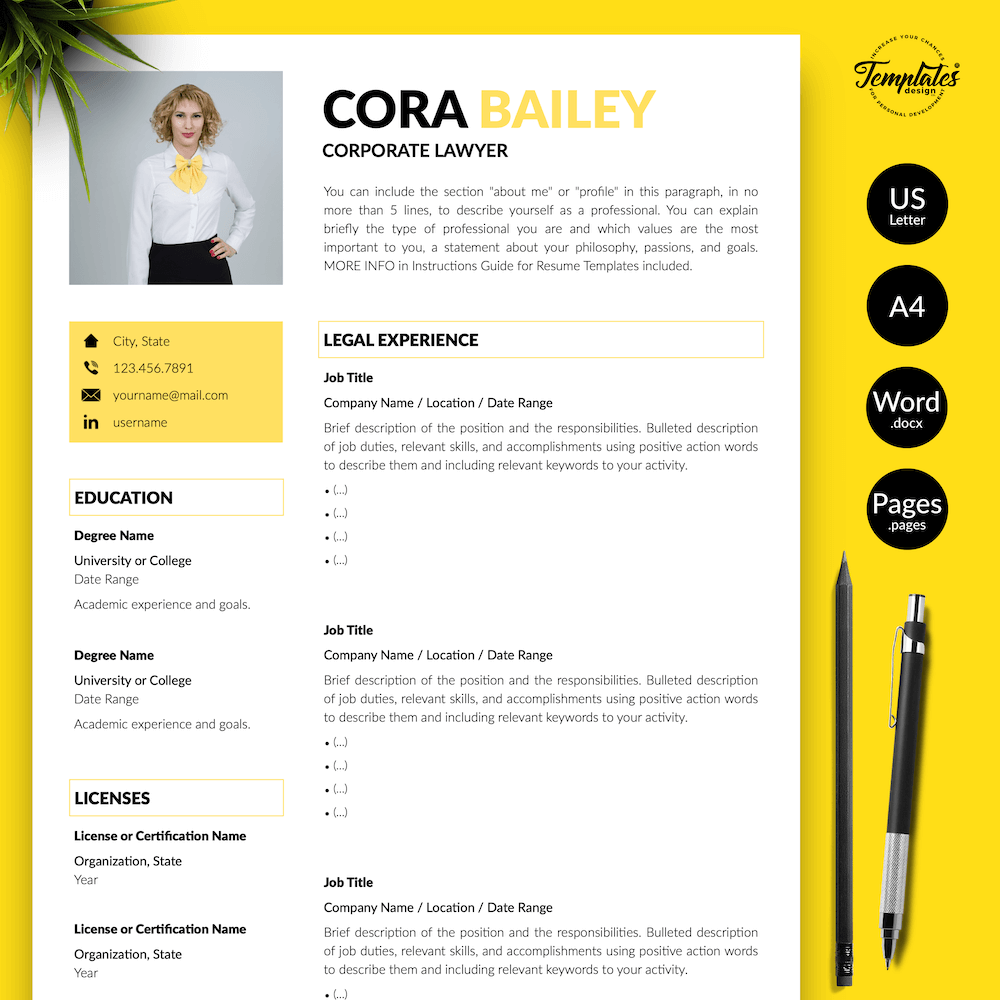
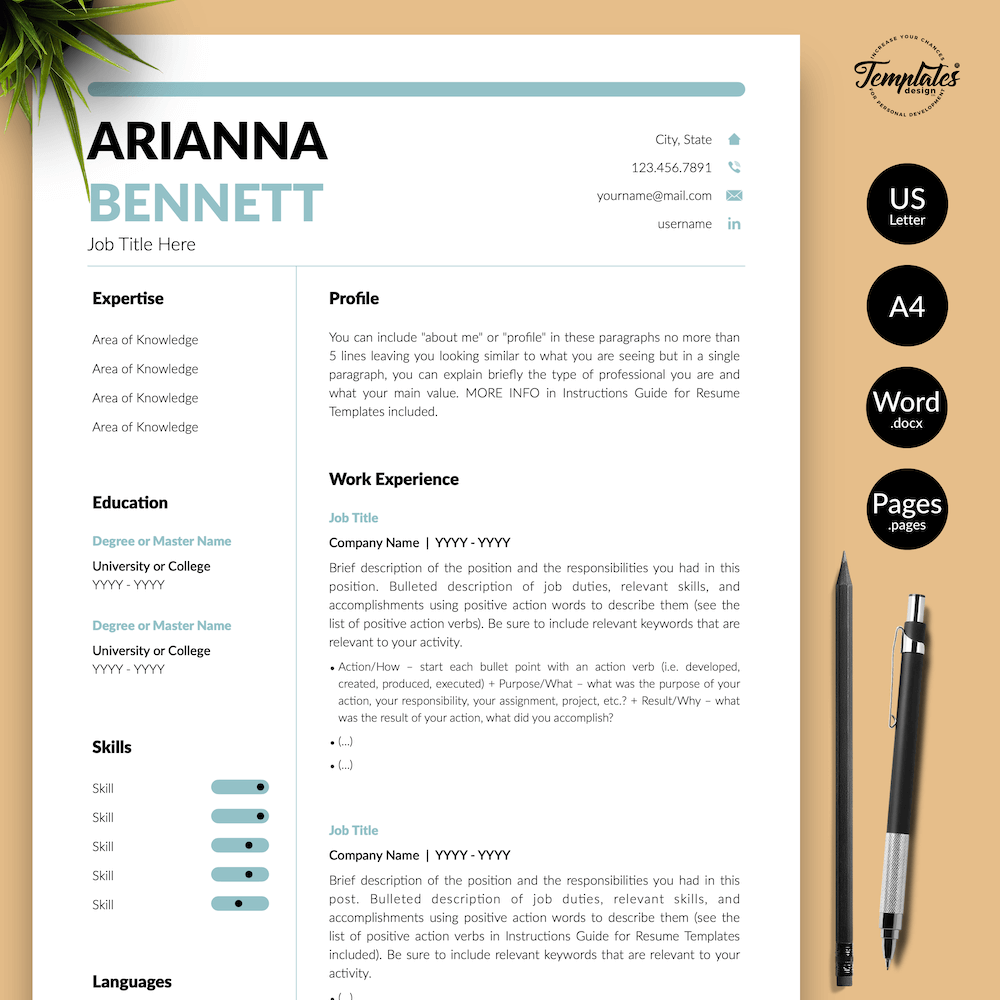
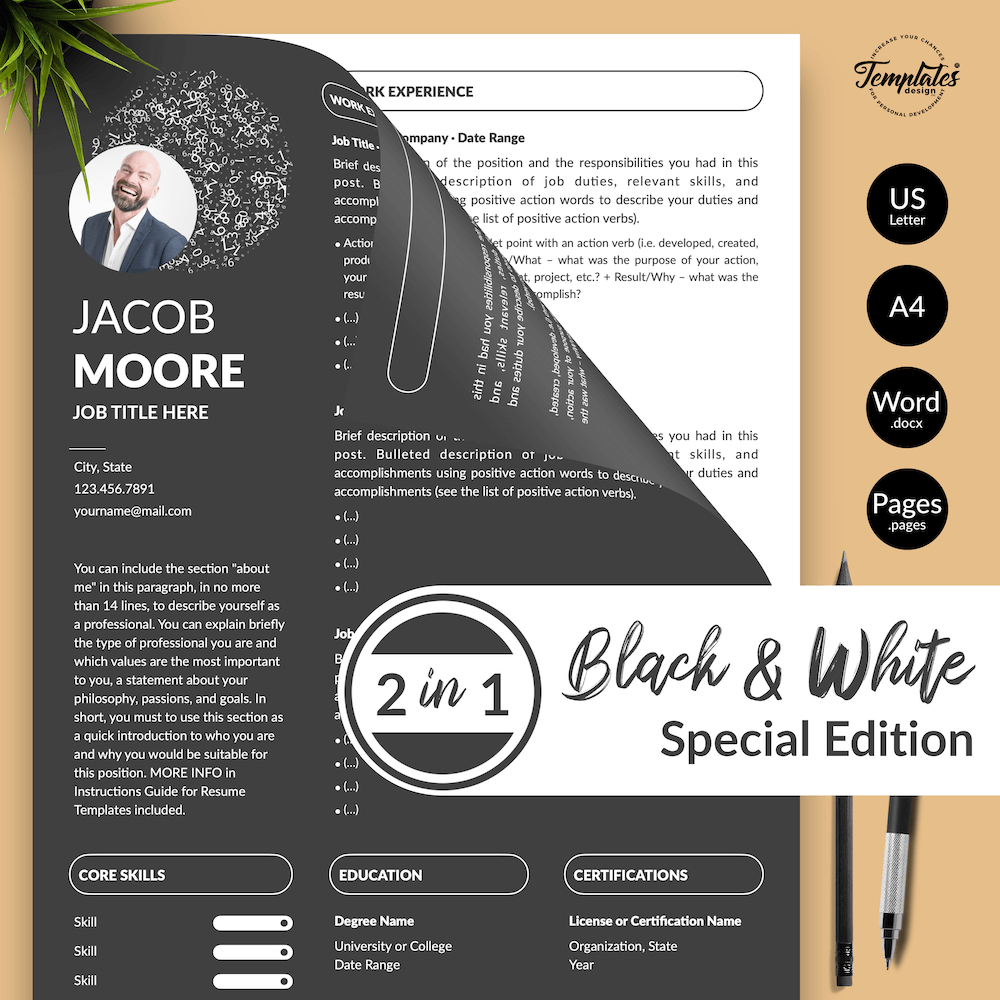
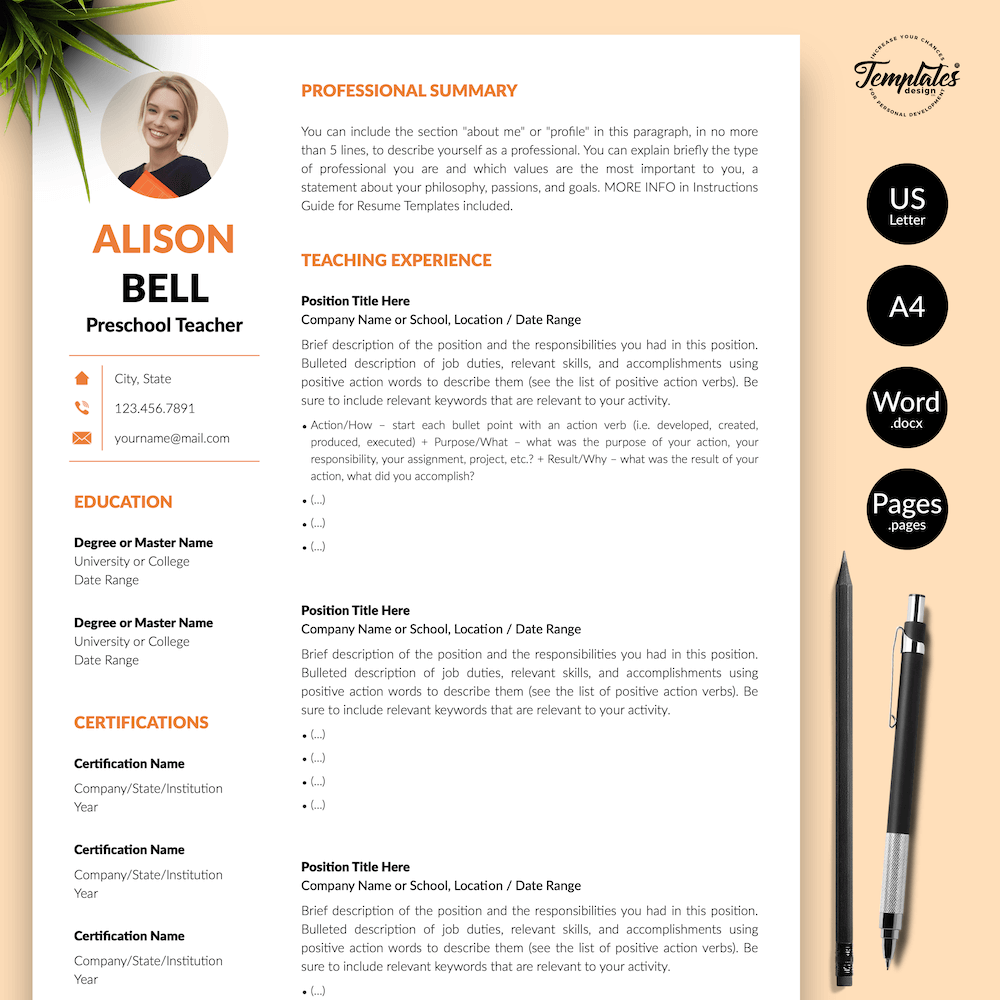
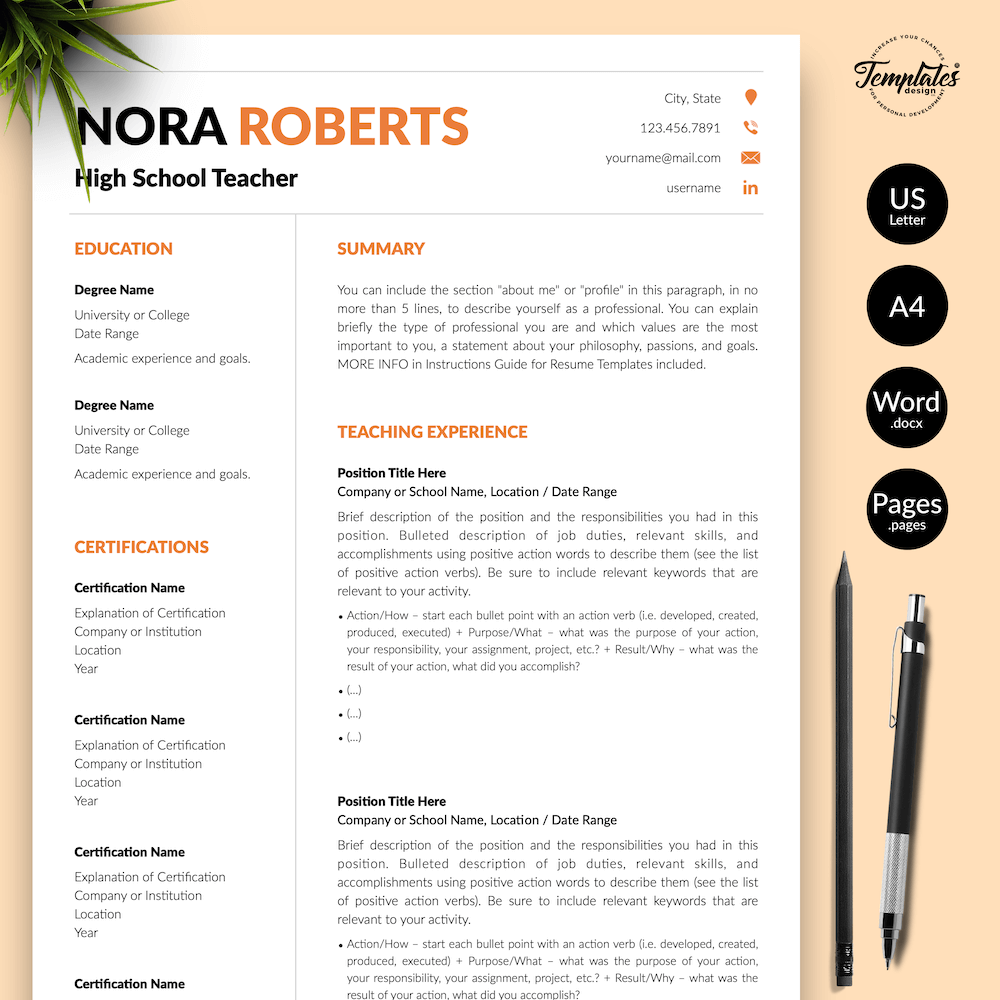
Leave A Comment